DIY Chalk Paint

We love chalk paint in this house! Mostly because it sticks to just about anything, plus it’s easy to clean up and has a stylish matte finish to it.
What we don’t like about chalk paint is that it comes in such a limited assortment of colors and it can be really expensive.
So when we were putting together our dining room table we decided to DIY some chalk paint in our own color so we didn’t have to compromise.
What you’ll need for this project:
- Plaster of Paris
- Flat interior paint, we use Valspar brand in the color Chimney Smoke
- Paint stir stick
- Sealable container
- Measuring cup (we used an old container from the recycling)
- Paint brush or roller
- Gloves
- Exacto knife (if you chose to recycle a container as your measuring cup)
We decided to mix our chalk paint in an old baby formula container. They are air tight and we go through so many, so are very glad to give them a second life when we can.
For measuring we reused an old 500ml cream container instead of using our dishes for this. We took the old cream carton, washed it out, and used an exacto knife to remove the rim to make it easier for scooping! First thing you’re going to do is scoop a cream carton full of Plaster of Paris into your desired vessel. You’ll then mix some water into your Plaster of Paris until it’s the consistency of yogurt (not Greek yogurt!). Mix the paste for a few minutes until all the chunks has been dissolved and it’s a consistent texture. Be sure to scrape the sides of the container while you stir to make sure you mix it all.
Once your paste is a consistent texture, you can add 3 parts (3x the amount of Plaster of Paris you used) of your choice of paint. We used 'chimney smoke' interior paint in a matte finish.
Here are a few examples of the paint to plaster ratio:
-1 part plaster to 3 parts paint
-1 cup of plaster to 3 cups of paint
-1 old milk carton full of plaster to 3 old milk cartons full of paint
You get the idea? Use the appropriate vessel for measurement depending on how much paint you need. Go as low as 1 teaspoon of plaster to 3 teaspoons of paint, to 1 gallon of plaster to 3 gallons of paint – although I wouldn’t recommend mixing this much unless you have a huge project you’re completing quickly, but you get the point!
Mix the one part plaster paste to 3 parts paint for about 5 minutes to really make sure they are thoroughly mixed.
That’s it! You’re ready to paint!
***Things to consider:
- Although we were very happy how to color turned out, the watering down of the paint does lighten the color slightly. So take this into consideration when choosing your color.
- If you are doing multiple coats, remix the paint before each application as the plaster can settle.
- Create an air tight environment for your paint if you intend to reuse it again. For example, we use an air tight emptied baby formula container, we then used painters tape to tape off where the opening of the container is, then put the container in a Ziploc bag. No air was getting in!
- If you want more of a textured farmhouse look use a brush, it will create a bumpier finish. If you want a smoother finish, use a sponge or roller.
-Only use chalk paint in low traffic areas. It is not a resilient paint.
Our first project with the chalk paint was for our dinning room table. Tutorial here!
Below are a few projects we used the paint for!
Have you tried this project? Tag us on instagram for a chance to be featured in our stories!
Enjoyed the project?
Resources for this project:
See all materials



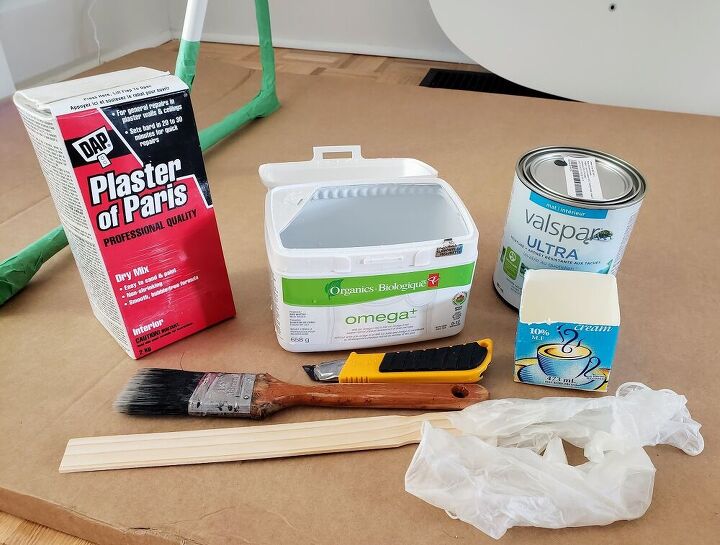
















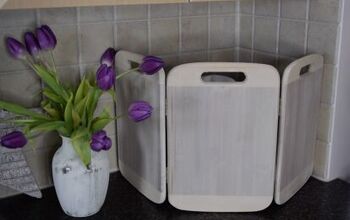



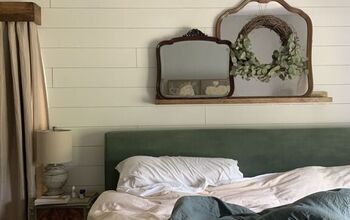

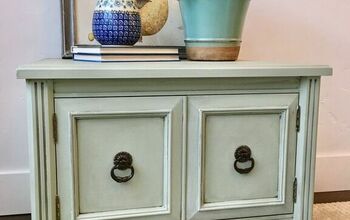
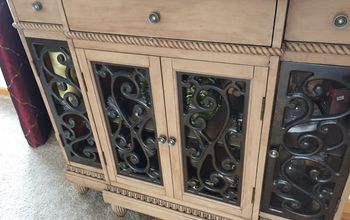



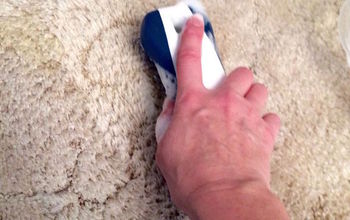




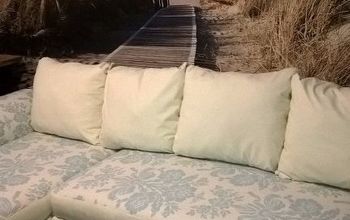
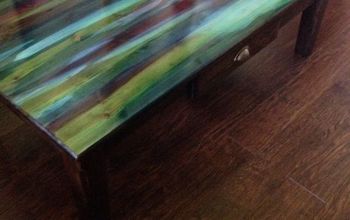
Frequently asked questions
Have a question about this project?